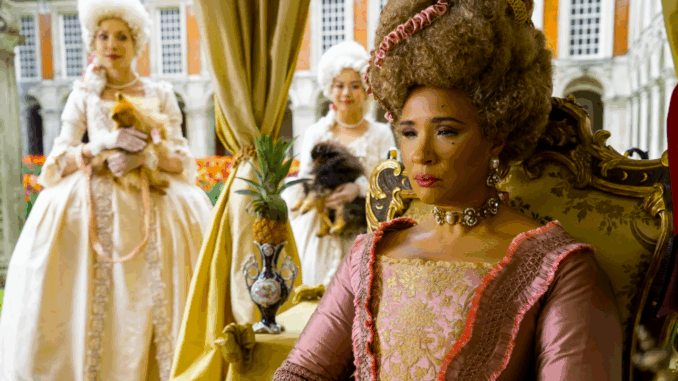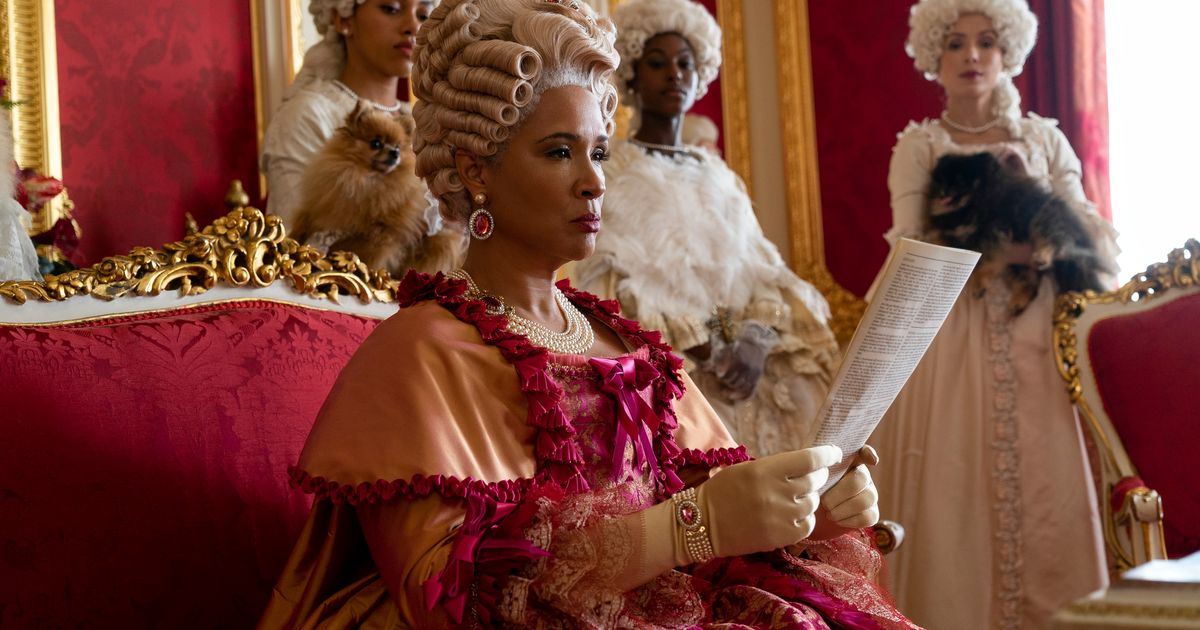
How Netflix’s Regency-era romance turned corsets and whispers into a global obsession
When Bridgerton premiered on Christmas Day in 2020, few could have predicted just how massive its cultural impact would be. What began as a lush, period drama with a diverse cast and steamy romance quickly transformed into a worldwide phenomenon — one that redefined the costume drama genre for a new generation.
But Bridgerton isn’t just another romantic escape. It’s a bold remix of tradition and fantasy, one that dared to place modern values — and modern music — into the heart of 19th-century high society.
A world where gossip holds more power than kings
Set in an alternate version of Regency-era England, Bridgerton imagines a world where race doesn’t define social rank, where dukes fall in love with debutantes, and where one anonymous writer — Lady Whistledown — can destroy reputations with a single printed pamphlet.
At its core, Bridgerton is about performance: how women perform femininity, how men perform honor, and how society performs order, even when chaos simmers underneath. Whether it’s Daphne trying to secure a marriage or Penelope hiding her identity, the stakes are always high — even in a ballroom.
The Shonda Rhimes effect
Executive producer Shonda Rhimes, the mind behind Grey’s Anatomy and Scandal, knew exactly what she was doing. With Bridgerton, she combined historical romance tropes with her signature flair for scandal, power struggles, and emotional intensity.
More importantly, she refused to treat the past as sacred. Classical renditions of Ariana Grande and Taylor Swift play during waltzes. Cast diversity isn’t just a gesture — it’s the foundation of the world. Rhimes didn’t recreate the past — she reimagined it.
And the audience said yes — and streamed it 625 million hours in a single month.
Love, lust, and layered characters

Each season of Bridgerton centers on a different sibling in the powerful Bridgerton family. Season 1 gave us Daphne and the Duke of Hastings — a simmering romance filled with longing, deception, and a scandalous spoon. Season 2 shifted the lens to Anthony and Kate Sharma, bringing slow-burn tension and enemies-to-lovers delight.
Unlike many period dramas, Bridgerton isn’t shy about physical intimacy. But it also dares to explore the emotional consequences of duty, gender roles, and unspoken trauma. Anthony’s grief. Kate’s pressure to protect her family. Colin’s transformation. These characters evolve — often messily — and that’s what keeps viewers invested.
A cultural reset in silk and scandal
More than just entertainment, Bridgerton has influenced fashion, music, and even wedding trends. Corsets made a comeback. Regencycore became a viral aesthetic. And Vitamin String Quartet now has a chart-topping Spotify playlist.
Behind the lace and tea cups, the show’s real achievement lies in how it resonates emotionally. It reminds viewers — especially women — of what it means to be seen, desired, and in control of one’s story, even in a world that insists otherwise.
What’s next for the Ton?
As Bridgerton heads into future seasons, with Benedict and Eloise’s stories on the horizon, the show faces the challenge of maintaining its romantic magic without repeating itself. But if the first three seasons proved anything, it’s that the formula still works — as long as hearts still break, secrets still spill, and dances still end in breathless glances.
Because beneath all the gowns and gossip, Bridgerton is about longing — for love, for freedom, for control — and nothing is more timeless than that.
